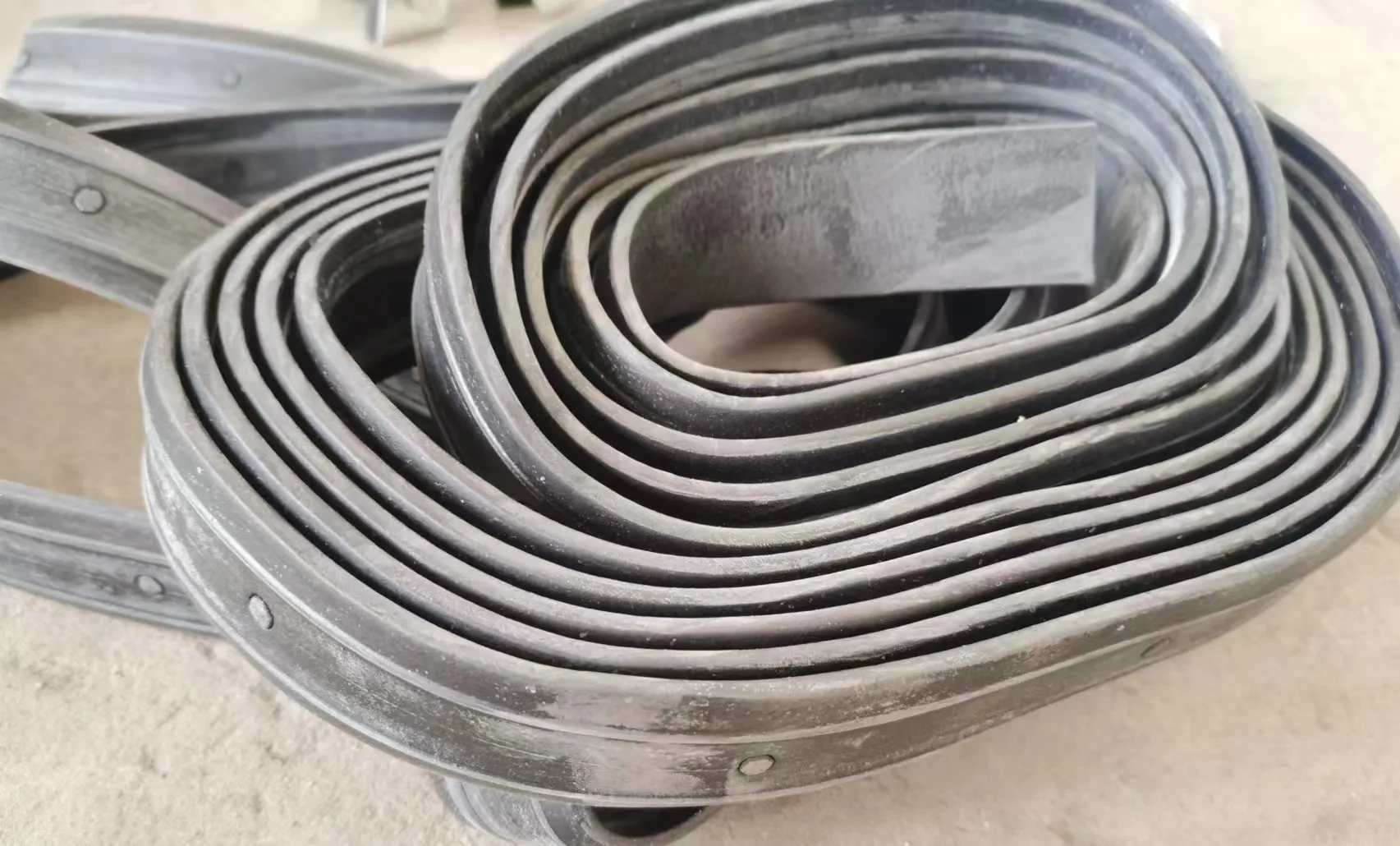loading...
- No. 9, Xingyuan South Street, Dongwaihuan Road, Zaoqiang County, Hengshui, Hebei, China
- admin@zjcomposites.com
- +86 15097380338
- Welcome to visit our website!
fibre reinforced plastic tanks
The Advantages of Fiber-Reinforced Plastic Tanks
Fiber-reinforced plastic (FRP) tanks have increasingly gained popularity across various industries due to their superior qualities compared to traditional materials such as steel and concrete. With a unique combination of materials, FRP tanks provide durability, corrosion resistance, and lighter weight, making them an ideal choice for storing a wide range of liquids, including chemicals, wastewater, and potable water.
One of the primary advantages of FRP tanks is their exceptional resistance to corrosion. Traditional materials often succumb to rust and degradation when exposed to harsh chemicals or environmental conditions. In contrast, FRP tanks are designed to withstand these challenges, extending their lifespan and reducing maintenance costs. This resistance is particularly valuable in industries like chemical processing, wastewater treatment, and oil and gas, where corrosive substances are regularly handled.
The Advantages of Fiber-Reinforced Plastic Tanks
Another critical advantage is the design flexibility offered by FRP materials. Manufacturers can customize tank shapes, sizes, and specifications to meet specific industry needs. This adaptability enables the creation of tanks tailored to fit unique applications, which is often not possible with traditional materials. Furthermore, the ability to include features such as insulation, access ports, and integrated piping systems enhances the usability of FRP tanks in various operational contexts.
fibre reinforced plastic tanks

In addition to their physical properties, FRP tanks also provide a degree of insulation, which can be crucial for certain applications. For instance, in industries where temperature control is necessary, FRP's insulating properties help maintain the desired temperature of the stored liquids, improving efficiency and functionality during processes.
While the benefits of FRP tanks are clear, it is essential to consider their cost-effectiveness over time. Although the initial investment for FRP tanks may be higher than traditional materials, their longevity, low maintenance costs, and resilience to corrosive environments often result in lower overall expenses. This long-term financial viability can be a decisive factor for companies considering the most suitable options for their storage needs.
The sustainability aspect of FRP tanks is also noteworthy. As industries become increasingly aware of their environmental impact, the use of FRP materials offers advantages due to their recyclability and lower emissions during manufacturing compared to traditional materials. By opting for fiber-reinforced plastics, companies can align their operations with sustainability goals while benefiting from advanced technology.
In conclusion, fiber-reinforced plastic tanks represent a robust, versatile, and eco-friendly alternative to conventional storage solutions. Their resistance to corrosion, lightweight design, flexibility in customization, insulating properties, and long-term cost savings make them an excellent choice across various sectors. As industries continue to evolve and prioritize efficiency and sustainability, the application of FRP tanks is likely to expand, making them a dominant force in liquid storage solutions. Embracing these innovations positions companies at the forefront of both operational efficiency and environmental responsibility.
-
The Rise of FRP Profiles: Strong, Lightweight, and Built to LastNewsJul.14,2025
-
SMC Panel Tanks: A Modern Water Storage Solution for All EnvironmentsNewsJul.14,2025
-
GRP Grating: A Modern Solution for Safe and Durable Access SystemsNewsJul.14,2025
-
Galvanized Steel Water Tanks: Durable, Reliable, and Ready for UseNewsJul.14,2025
-
FRP Mini Mesh Grating: The Safer, Smarter Flooring SolutionNewsJul.14,2025
-
Exploring FRP Vessels: Durable Solutions for Modern Fluid HandlingNewsJul.14,2025
-
GRP Structures: The Future of Lightweight, High-Performance EngineeringNewsJun.20,2025
